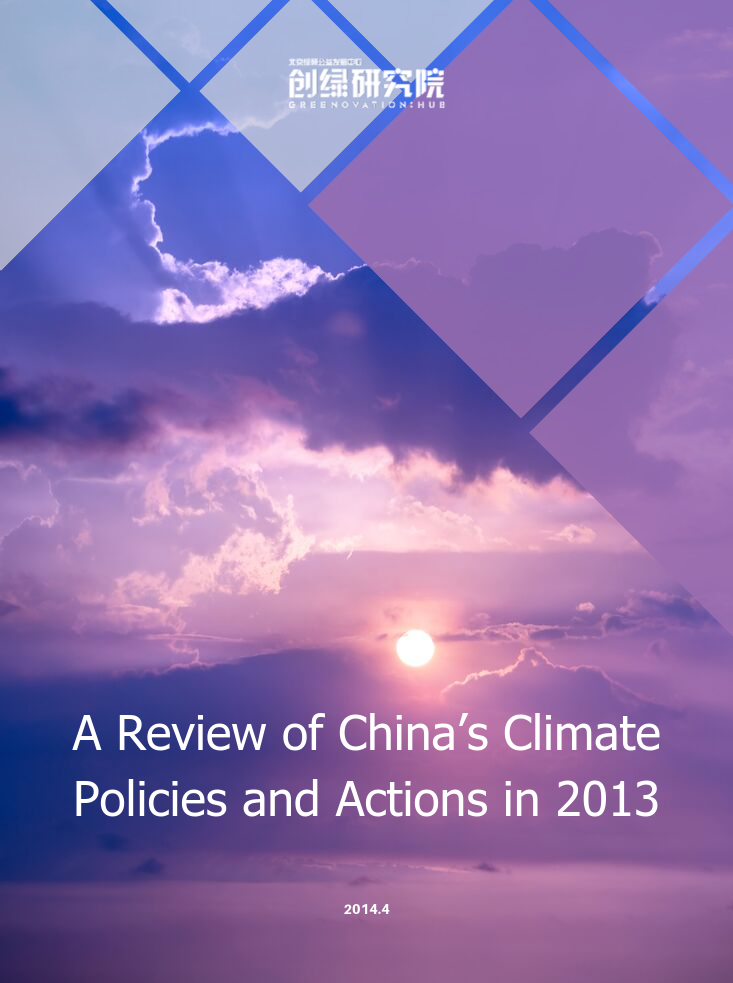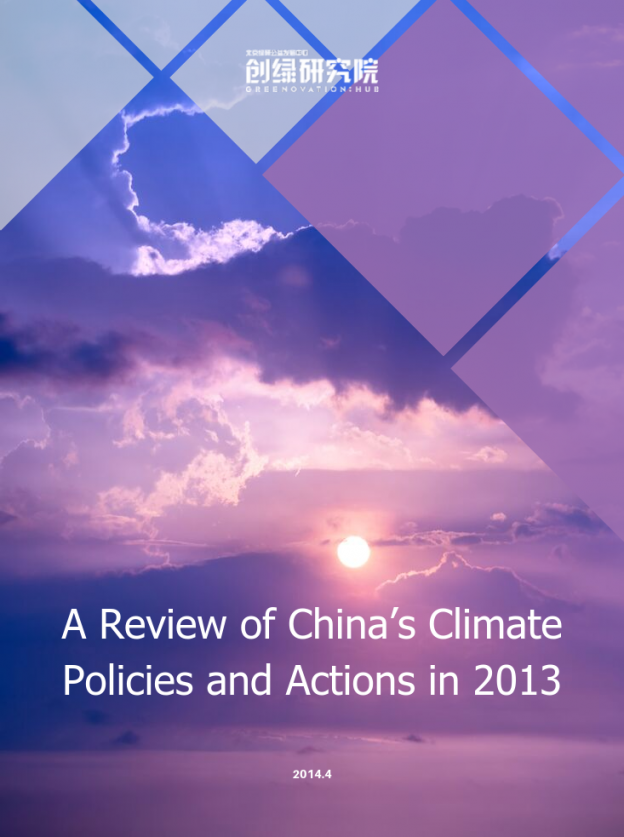
| Download Report: A Review of China's Climate Policies and Actions in 2013 |
Through 2012 and into 2013, China underwent leadership changes and initiated various institutional reforms. The new leadership of President Xi Jinping and Prime Minister Li Keqiang will govern China for the next 10 years. With 2013 being the first year after they took power, many observers had high hopes that this would see the onset of “deep reform”. This raises recent concepts such as Shengtai Wenming, or “Ecological Civilization”, which highlights respect for nature and protection of the environment, and is backed by initiatives for developing ecological redlines, eco-functional zones and the eco-compensation mechanism. President Xi has compared the task of “deep reform” to “chewing the hard bones”. This includes the challenge of addressing the vast number of interest groups who over the last 30 plus years have accumulated significant political and economic power. Among these interest groups are the Party itself, governors and political powers at all levels, as well as the state owned enterprises (SOEs), and well-connected private enterprises. Xi’s anti-corruption actions and campaigns around Party conduct and discipline have started to shake these groups but clearly this will be a long and tough battle. China’s ability to shift to a more sustainable and environmentally friendly development model is to a large extent dependent on the success of these reforms.
2013 was the mid-point of the 12th Five Year Plan (2011-2015), which created a path for China to deliver on its energy and carbon intensity targets. The result of the first two years was mixed and left much to be done for the remaining three years of the plan. However, in 2013 many initiatives were further enhanced or implemented as planned, including the carbon market and industry energy efficiency programs. However, Beijing also felt the pressure from both domestic and international crises such as the ever-present and worsening smog across China and the solar dispute with the EU, to which they had to respond. Other local struggles that are close to people’s lives, such as those affecting food, water, land, and health, all continued to accelerate, to a large extent, in 2013.
Up until recent years, there had been few opportunities for the general public to engage directly in policymaking – this is now changing. Alongside the “environmental crisis”, public concerns over environmental problems are growing rapidly, as is environmental awareness in general. This has been triggered in large part by the boom of the social network in China. In 2011, according to McKinsey, China’s social media users reached 300 million, the largest in the world at that time7. A 2013 survey8 on the world’s largest social networks conducted by BI Intelligence found that China’s social network had grown even further. This study found that WeChat is one of the top ten social networking sites worldwide, and Tencent Qzone is the third largest with its monthly active user number reaching 712 million.
China’s social media has not only become a place where citizens can express their dissatisfaction and discontent about environment and social issues and misbehavior of government and business, but has also become an effective tool for decentralized citizen actions. For example, mass demonstrations against PX chemical projects in several big cities in China, such as Dalian and Kunming, would not have happened given the political system in China if there was no social media through which people could gather and organize. In this sense, social media has played an empowering role in China. The power of environment “movements”, which have now assumed new size, scale and characteristics, has resulted in concern among China’s political leaders over the risk of social and political unrest9. This has pushed the government to publicly commit to antipollution and environment protection targets which are shared and appreciated by environmentalists and the general public. As the middle class grows and public concern over environmental problems intensifies, public pressure powered by the social media boom will play an increasingly important role in discussions about China’s development model and environmental policies.
Externally, China’s emergence as an economic powerhouse and large-scale polluter has created geopolitical tensions. China's role in many fields such as climate change, finance, infrastructure and development, and in regions outside of the mainland, are also growing rapidly, while a longterm vision for the country’s political, social and economic footprint is yet to be fully formed. There are now less than two years left until the climate change negotiation in Paris at the end of 2015 at which nations have committed to agree a new global treaty. China, as one of the decisive powers, along with the US, EU and other emerging economies, is expected to play more a constructive and active leadership role both domestically and internationally in forming this agreement.




